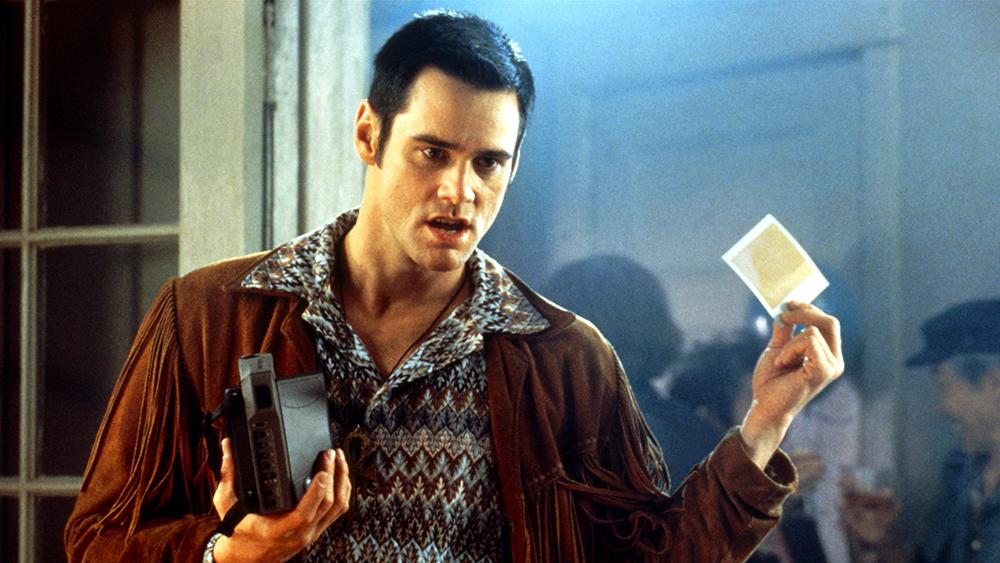
www.yahoo.com
‘The Cable Guy’ Turns 25: How Jim Carrey’s $20 Million Salary Shook Up Hollywood
In the 1990s, Jim Carrey was an unstoppable force. After a stint on “In Living Color,” where he created a rococo list of characters like Fire Marshall Bill and Vera De Milo, the rubber-faced comic seamlessly made the transition to the big screen. Despite a critical drubbing, “Ace Ventura: Pet Detective” became a sleeper hit […]
Culture & Entertainment
After a stint on “In Living Color,” where he created a rococo list of characters like Fire Marshall Bill and Vera De Milo, the rubber-faced comic seamlessly made the transition to the big screen. Despite a critical drubbing, “Ace Ventura: Pet Detective” became a sleeper hit in the spring of 1994, grossing more than $100 million on a $15 million budget. Carrey followed that up with blockbusters like “The Mask,” “Dumb and Dumber,” and “Batman Forever,” assuming the role of the Riddler, a part once earmarked for Robin Williams. As fans flocked to see his latest movies, Carrey’s salary ballooned. When he first played Ace Ventura, Carrey pulled in $450,000, but by the time he was spiking Jeff Daniels’s coffee with ex-lax in “Dumb and Dumber,” the comic earned a cool $7 million for his efforts.
So it made sense that when it came to compensation, Carrey would soon be among the top ranks of A-listers, right up there with Arnold and Harrison and Sly. But no one was predicting the financial windfall Carrey was about to enjoy when he signed on to play a psychotic cable installer in the black comedy “The Cable Guy.” The actor received an astounding $20 million from Columbia Pictures, as well as a 15% backend (meaning his cut of the box office profits). “The Cable Guy” was released 25 years ago this Monday, and is now primarily appreciated as a minor cult classic, if it is remembered at all, but the impact of Carrey’s financial bonanza can still be felt today.
For years, Hollywood executives had been able to hold the line for actor deals at $15 million, but cracks were starting to form in their united front. Just before Carrey became the first member of the $20 million club, Bruce Willis received $16.5 million for “Last Man Standing,” Arnold Schwarzenegger nabbed north of $17 million for “Eraser,” and Sylvester Stallone picked up $17.5 million for “Daylight.” But this was something else entirely, a move so seismic that as Variety wrote, it sent “heads spinning and tongues wagging.” The June 19, 1995 story that accompanied the news of the comic’s windfall carried with it a headline that summed up the sense of shock overtaking the industry’s higher-ups, “H’wood Finds $20 Million Tab for Carrey Plain Scary.”
The news also put Mark Canton, who was in charge of Columbia at the time, on the defensive. “I’m not saying we didn’t stretch things, but I promise others were headed in this direction, and I don’t think it’s a trend because there aren’t many stars establishing themselves in the foreign market the way he has,” Canton told Variety.
Others weren’t so sure that Carrey’s deal wouldn’t unleash a new wave of mega-pacts.
“It seems a mild panic has set in at the talent agencies because they don’t think they’re going to get (those salaries) for their clients,” an unnamed producer told the trade.
Mike Fleming Jr., the Variety deals reporter who broke the news that Carrey would earn $20 million, says “The Cable Guy” payday set off a mad scramble among other top stars.
“Every major top-of-the-line movie star got a $5 million raise, that’s what happened,” Fleming, who now serves as co-editor-in-chief of Deadline, remembers. “There was a lot of grumbling among Mark Canton’s peers. They’d set a ceiling and Jim blew past it.”
























































